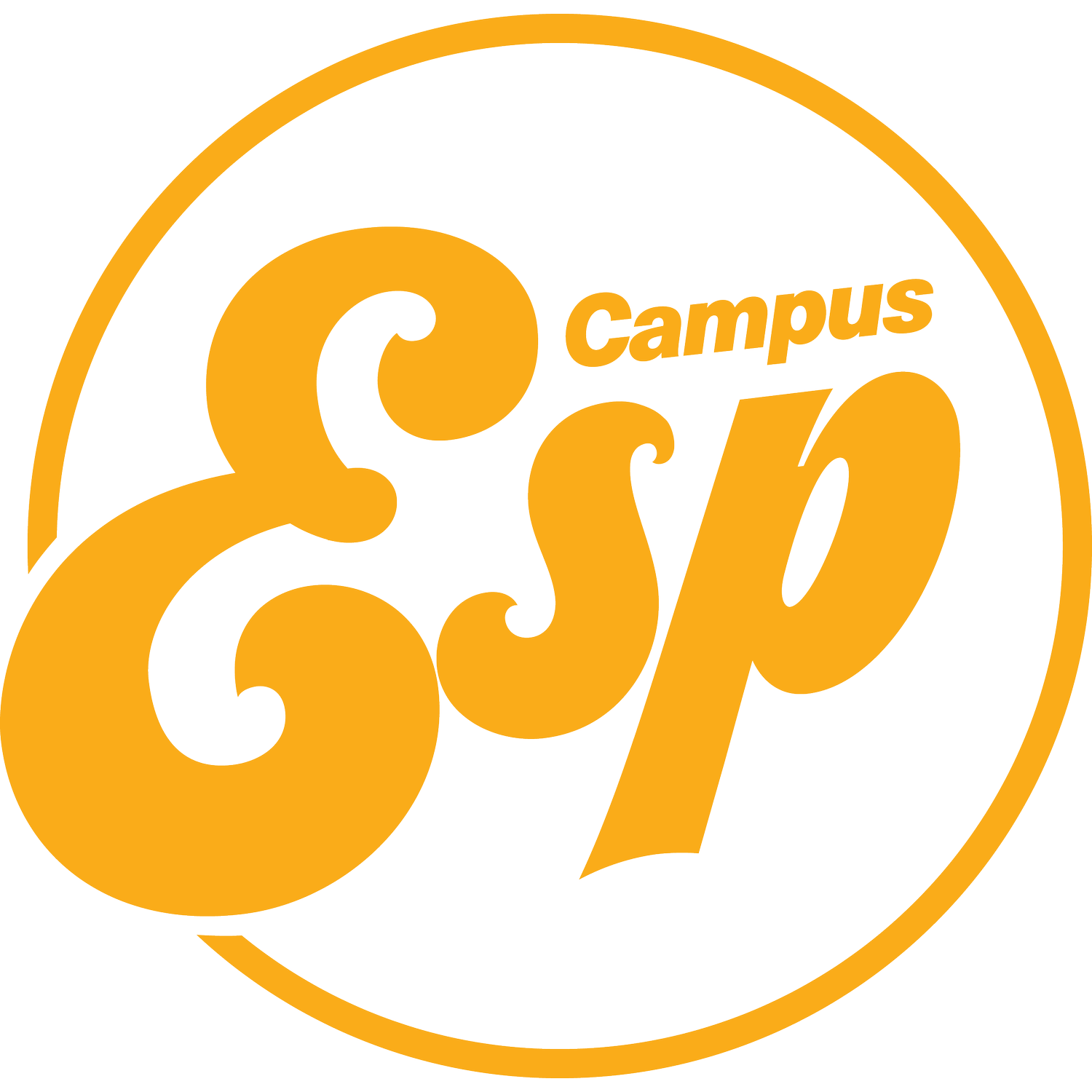Boost enrollment by personalizing your institutional voice to families
At first glance, University of Mary Washington (UMW) and Holy Family University (HFU) couldn’t be more different — one is a public liberal arts college in Virginia, the other a Catholic-affiliated university in Northeast Philadelphia. But when it comes to prospective parent communication, they’ve both landed on strategies that are seeing results.
During a panel discussion at the 2025 CampusESP Summit, the two institutions shared how they’re using CampusESP to turn authentic communication into a competitive advantage by engaging families early, building confidence throughout the funnel, and using a unique voice to highlight what makes their institution special.
As families become more involved in enrollment decisions, 94% say the quality of the school’s communication plays a crucial role. It’s never been more important for institutions to meet them with timely, personalized, and trustworthy messaging. UMW and HFU are proving how.
1. Personalization starts with meeting families where they are
For UMW, the goal was to help families better understand what makes them different. As a public university with a “private school feel,” they needed to deliver timely, meaningful content that highlighted value, especially around affordability and fit.
“We don’t start with tech,” said Sarah Lindberg, Director of First Year Admissions at UMW. “We start with where a family is in the funnel.” That means messaging looks different depending on whether a family is early in the process, applying, or helping their student make a final decision.
At HFU, where many students are first-generation, Chris Jester, Director of Enrollment Communications, uses a similar approach. “We start big picture. Everyone gets FAFSA info, but over time, we tailor based on who's submitted it, who hasn’t, or who might be struggling.”
2. Strengthen your voice with consistency and credibility
One strategy Chris uses within CampusESP to drive consistent engagement is a monthly “In Case You Missed It” email recap. “We personalize it by what’s happening that month,” he explained. The roundup is sent to both current and prospective families through the platform to encourage repeat visits and deeper engagement.
“Families get used to hearing from us regularly,” Chris said. “It’s consistent, it’s relevant, and it keeps them coming back.”
At UMW, Sarah highlighted the importance of who delivers the message. One of her favorite examples is a blog post shared during decision season by Jeff McClurken, a professor, alum, chief of staff, and parent of two UMW students. “That message had weight,” she said. “It wasn’t just information, it was reassurance from someone who gets it.”
Together, these strategies build trust over time. And families notice. According to the 2024 Prospective Family Engagement Report, 81% of families want to hear from colleges at least weekly.
3. Don’t shy away from financial aid — lean in
Both schools know how critical it is to communicate about financial aid early and often. After all, 83% of families say it’s one of the top five factors in choosing a school, and 87% say paying for college is difficult.
At UMW, Sarah’s team sent monthly updates during the FAFSA delays written by admissions but signed by the aid office to build trust. “We wanted to manage expectations and reduce stress. And it worked,” she said.
Chris agreed: “Especially with first-gen families, we can’t assume they know what FAFSA is, or how it’s changed. You’ve got to start with the basics and build from there”.
Using CampusESP, both schools delivered simplified, timely messages through infographics, family portal ads, and mirrored emails to families and students. The result? Higher FAFSA submission rates especially among first-gen families at Holy Family.
4. Showcase what makes you different
Beyond deadlines and logistics, both institutions are using CampusESP to showcase what makes their communities feel special.
UMW highlights programs like Soft Landings (for students on the autism spectrum), civic engagement cohorts, and an onboarding program called NEST, a nod to their eagle mascot.
“We use CampusESP to tell those stories in a way that makes families feel connected and confident,” Sarah said.
At HFU, the admissions team launched a “Family Stories” series that includes short, student-written reflections that capture internships, outcomes, and why they chose the school.
“Students tell their stories in five questions, and we use those stories everywhere,” Chris explained. “Social, newsletters, you name it.” These stories help prospective families connect with a real student perspective by showing and not just telling how students thrive at the university.
5. Parents need to feel prepared before and after orientation
With parents playing a bigger role in college decisions, orientation isn’t just a one-day event, it’s the start of a longer relationship. That’s why both schools use CampusESP’s Orientation Hub: a central place for checklists, schedules, FAQs, and updates that families can return to throughout the transition.
For Sarah, that means helping parents know when not to intervene. “We tell families: leave your student on campus for six weeks,” she said. “If they really need to see you, you come to them. Don’t bring them home.”
Chris keeps the Orientation Hub live through September. “Families get used to checking it, so keep using it. If you build that habit early, they’ll rely on it.”
Final takeaway: Give prospective families more than you think they need
“Don’t hold back,” Chris said. “Give parents the real info. Prospective families want to know about job outcomes, campus life, student success. If you don’t give it to them, someone else will.”
Families are more involved than ever, so go beyond deadlines to show them what makes your campus worth choosing during yield season.
Sarah added: “It’s not just about making the student feel seen, it’s making the family feel seen.”







